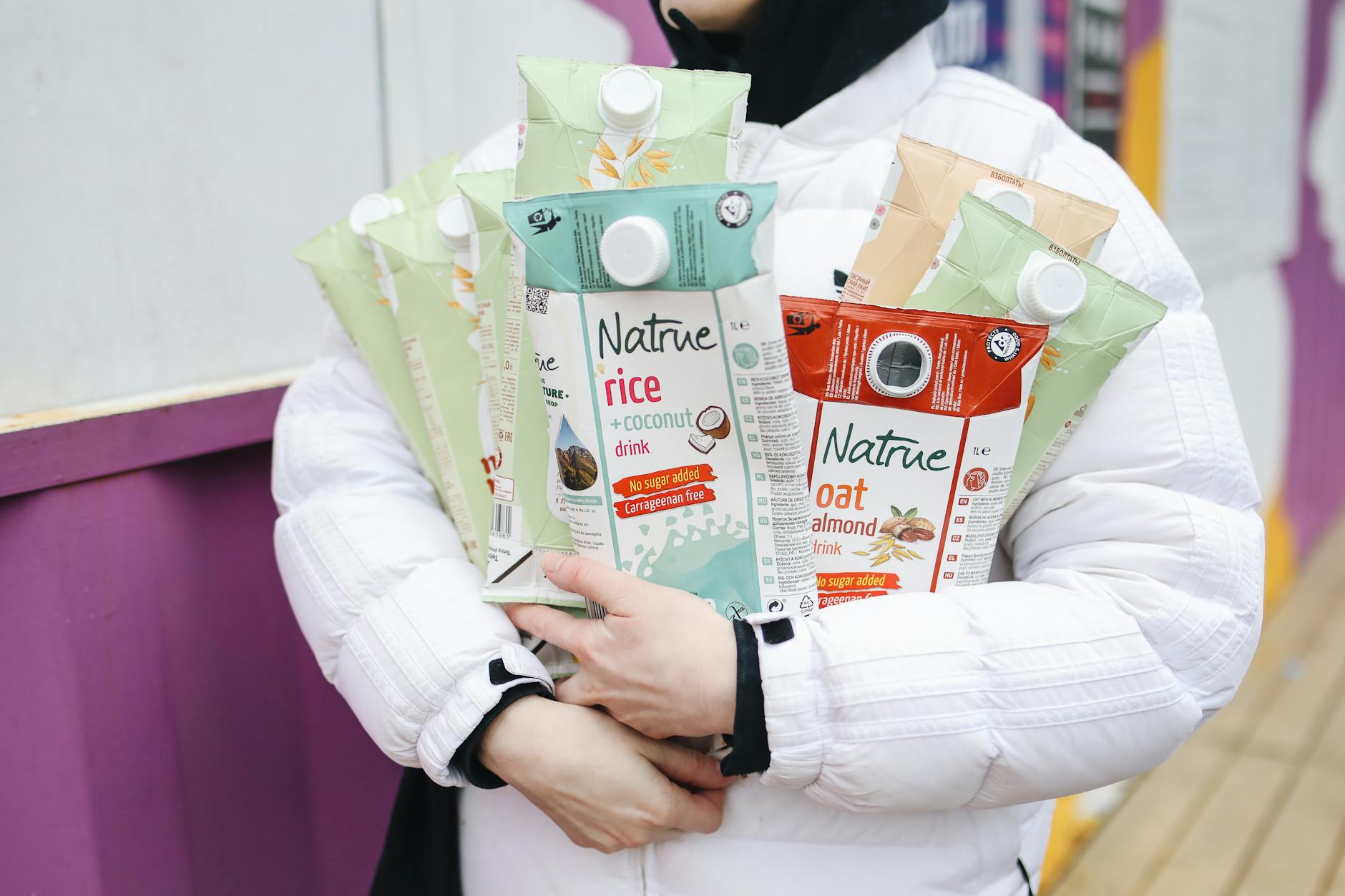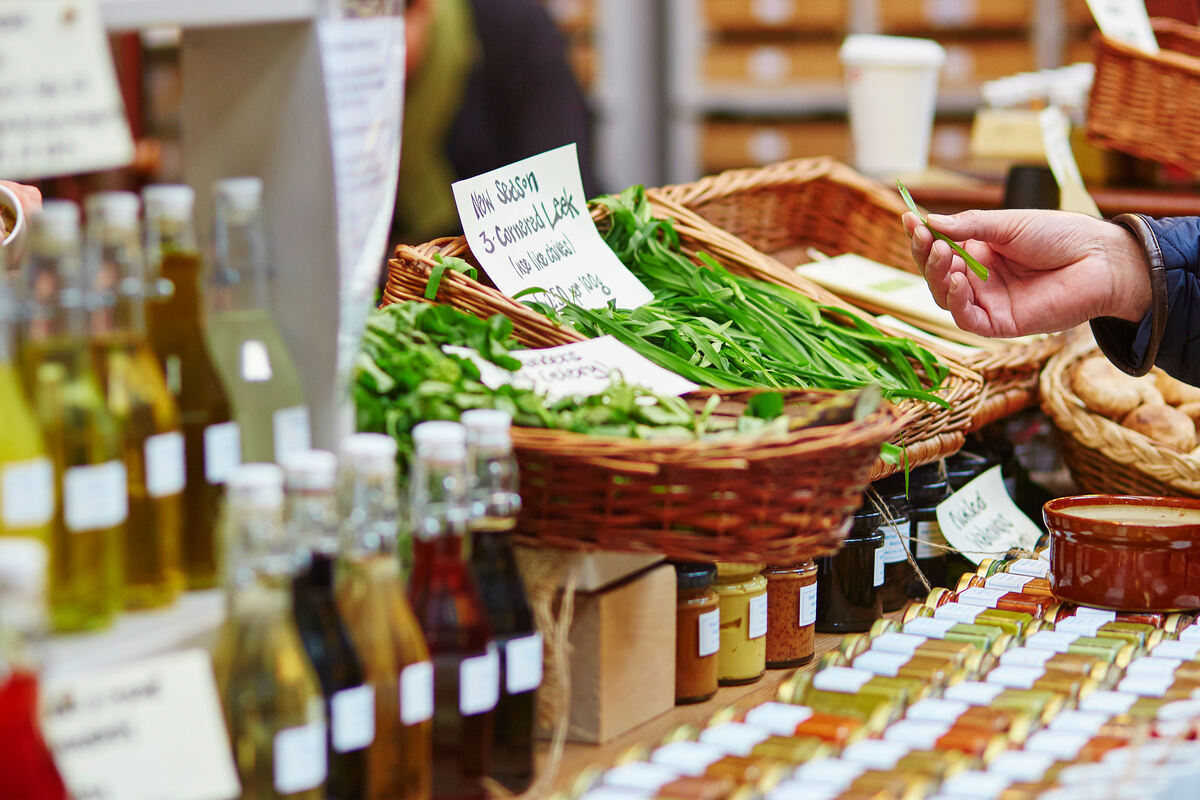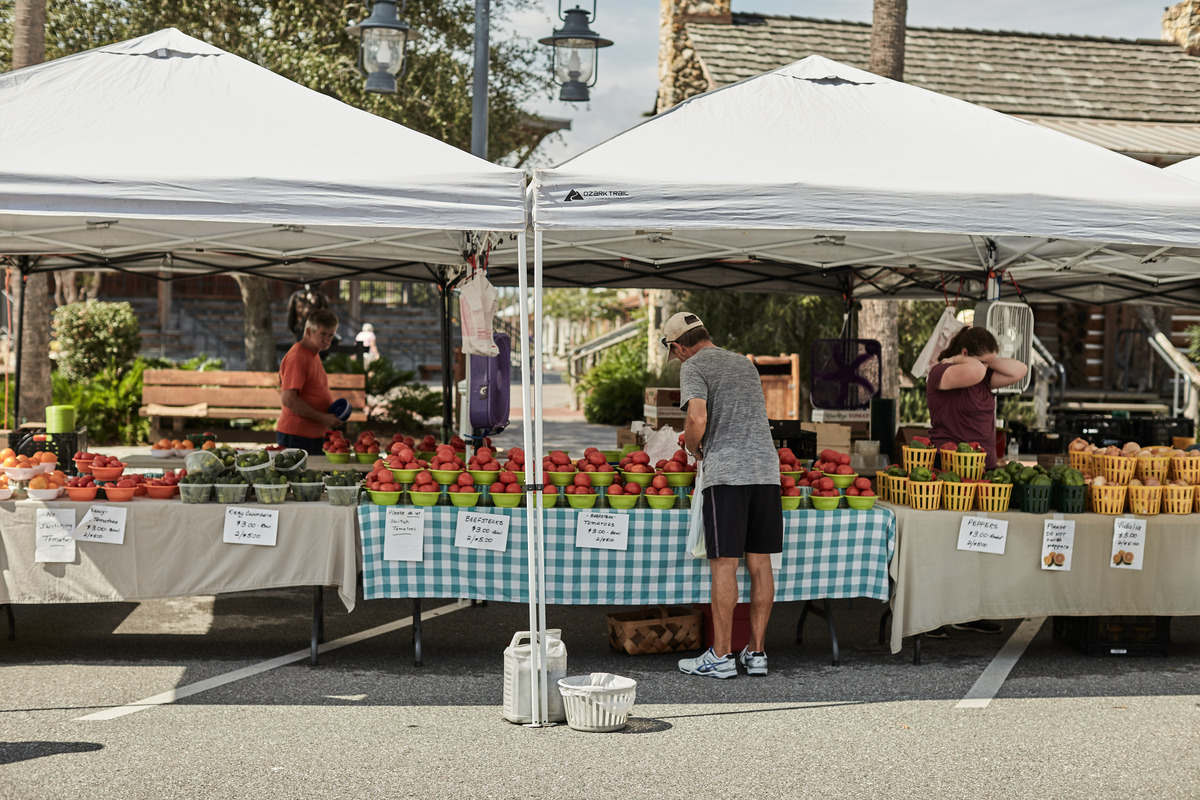So, you’ve ditched dairy and embraced plant-based milk — an excellent choice for the animals and your health. But not all plant-based options boast the same benefits when it comes to the environment. Whether you’re a longtime vegan or just curious about your oat latte’s carbon footprint, here’s a breakdown of which milk alternatives are the most eco-friendly (and which ones you might want to rethink).
Oat Milk: The Overachiever
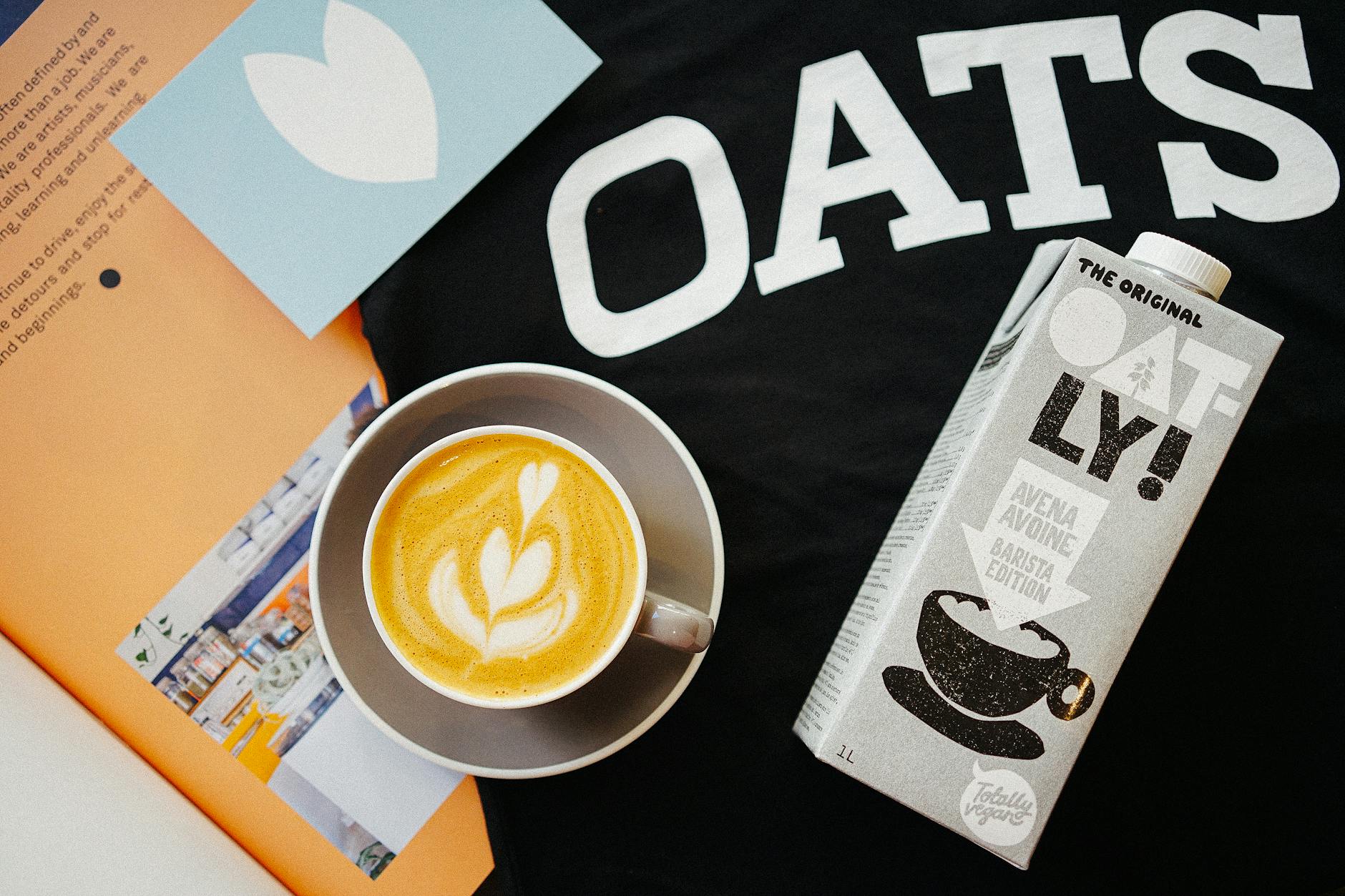
Oat milk has exploded in popularity — and it’s easy to see why. It’s creamy, tastes great in coffee and is one of the most sustainable options out there. Oats need significantly less water than almonds and other crops, and growing oats has a smaller carbon footprint than soy or rice. Regarding land use, oats are widely grown and don’t take up massive amounts of space. Oat milk is a top pick if you want a solid balance between taste, availability and environmental impact.
Plus, oats are typically grown in cooler climates, which reduces the risk of deforestation compared to crops grown in tropical regions. This also means they require fewer chemical inputs — like pesticides — making oat milk a more eco-friendly choice overall.
Almond Milk: Not as Innocent as It Seems
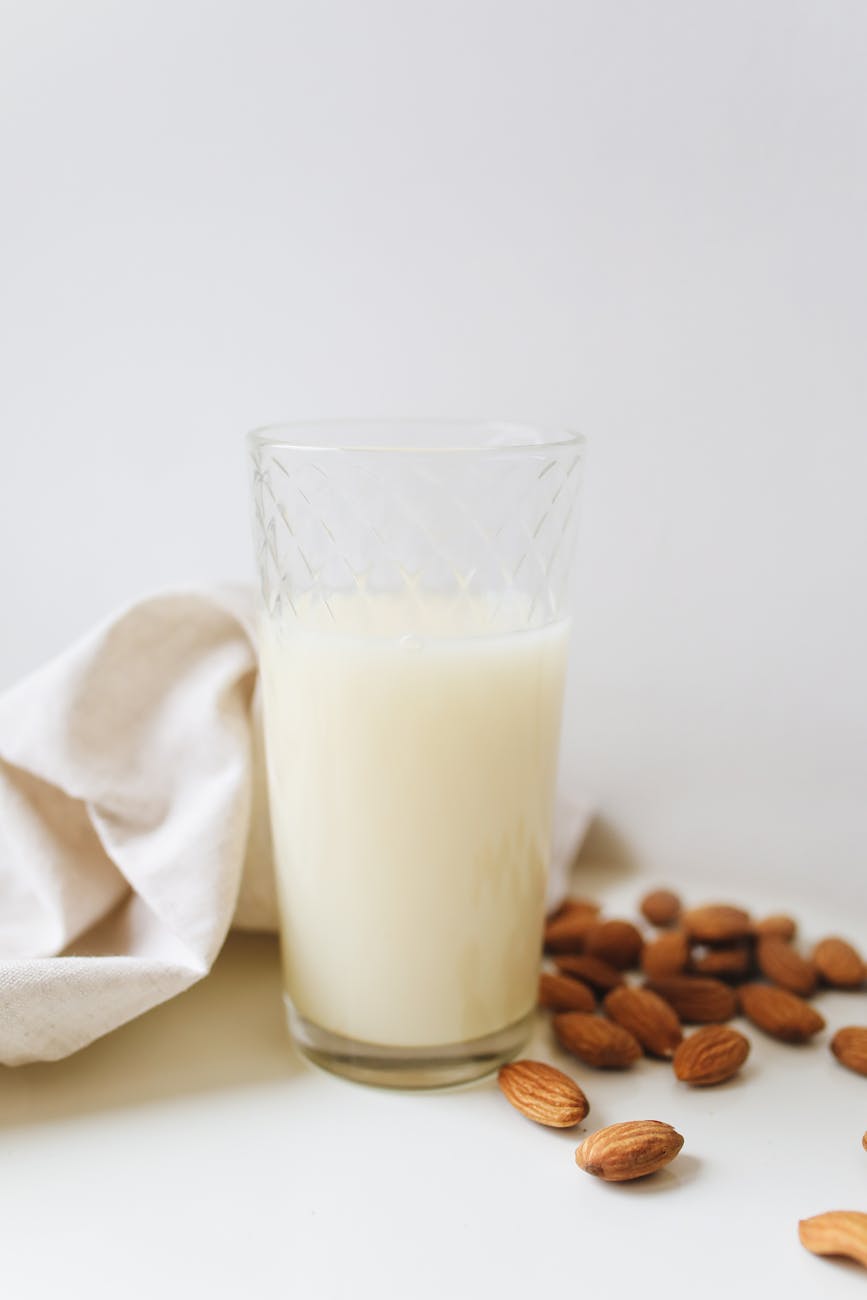
Almond milk might be a go-to for many, but it has a few environmental concerns. Growing almonds is water-intensive, requiring over three gallons to produce just one almond. While carbon emissions are moderate, the biggest issue is water usage. There’s also a less talked-about issue: bees. Almond farming — particularly in California — heavily relies on bees for pollination, putting them under intense stress. While almond milk is low-calorie and tastes fantastic, its water demands make it less eco-friendly.
While almond milk is still a better option than dairy milk in terms of emissions, its environmental footprint could improve if producers adopted sustainable water practices and bee-friendly farming techniques.
Soy Milk: The Reliable Classic
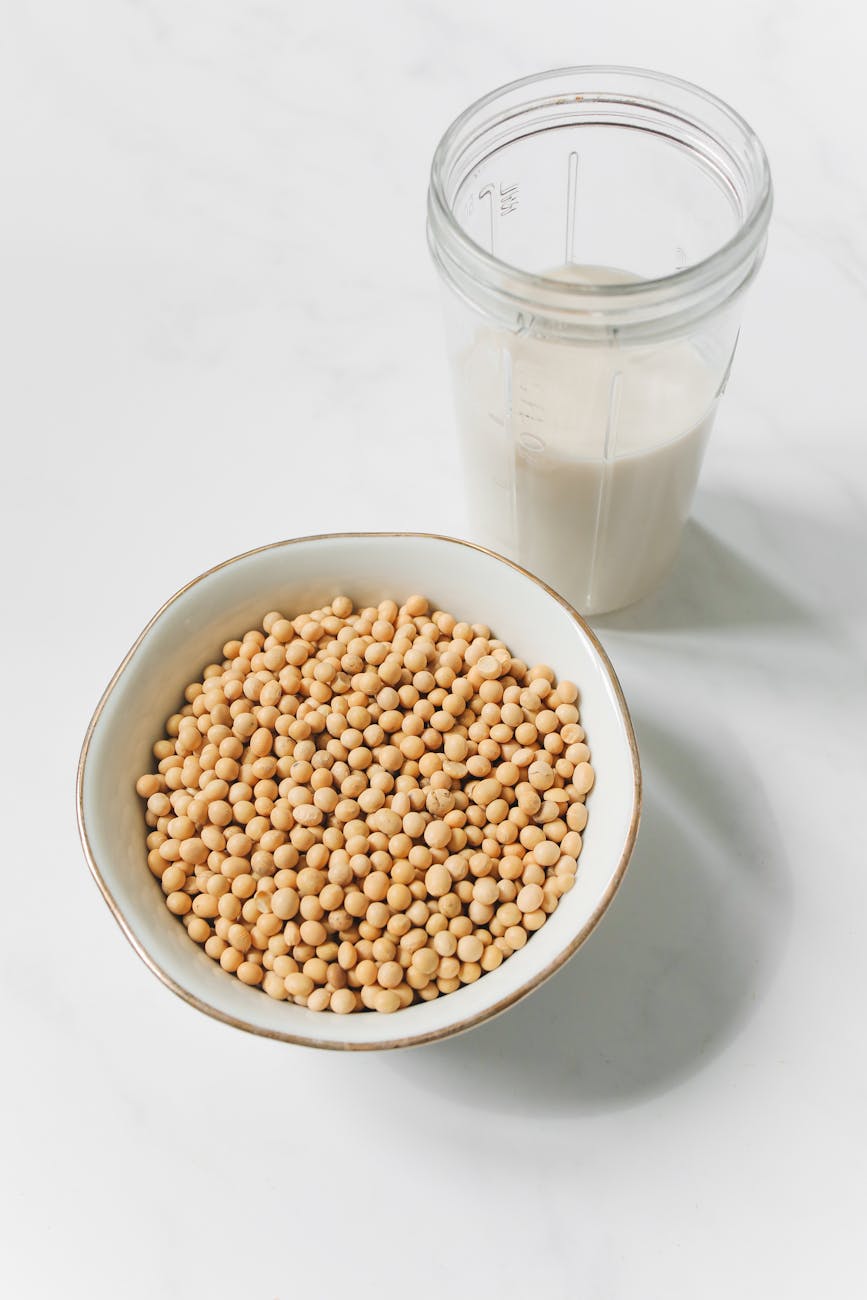
Soy milk has been a staple for vegans for decades — and environmentally — it holds up pretty well. Soy requires much less water than almonds and produces moderate carbon emissions. However, soy farming has contributed to deforestation, particularly in South America. The good news is that most soy grown there feeds livestock, not humans, so choosing responsibly sourced soy milk helps mitigate its impact. To minimize its environmental footprint, look for organic, non-GMO and locally sourced soy milk.
Another benefit of soy is its versatility. It’s one of the few milk alternatives that naturally contains significant protein levels, making it a nutritional powerhouse with a relatively low environmental cost.
Coconut Milk: Good but Complicated
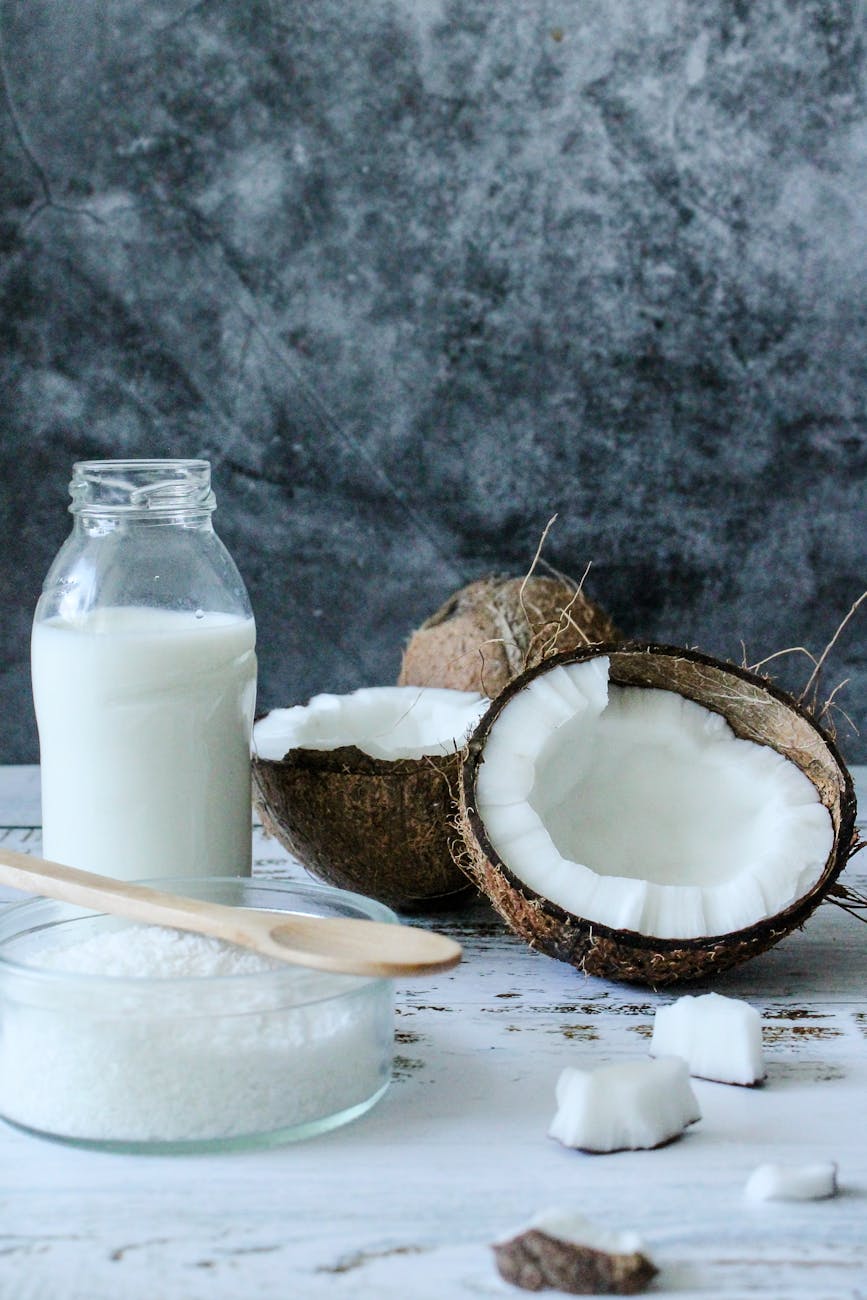
Coconut milk sounds like a tropical dream, but there’s a catch. Coconuts require minimal water compared to almonds, and coconut trees absorb CO2 and don’t need much space. However, coconut farming often relies on workers in poorer regions, raising concerns about labor exploitation.
Coconut trees also have lower yields compared to other crops, meaning they need more land to produce larger quantities. However, scientists believe switching to a vegan diet could make up 24% of farmland available for other uses, meaning coconut milk is still superior to dairy. Supporting brands that prioritize fair trade practices ensures coconut milk production benefits the planet and the workers.
Rice Milk: A Sneaky Offender
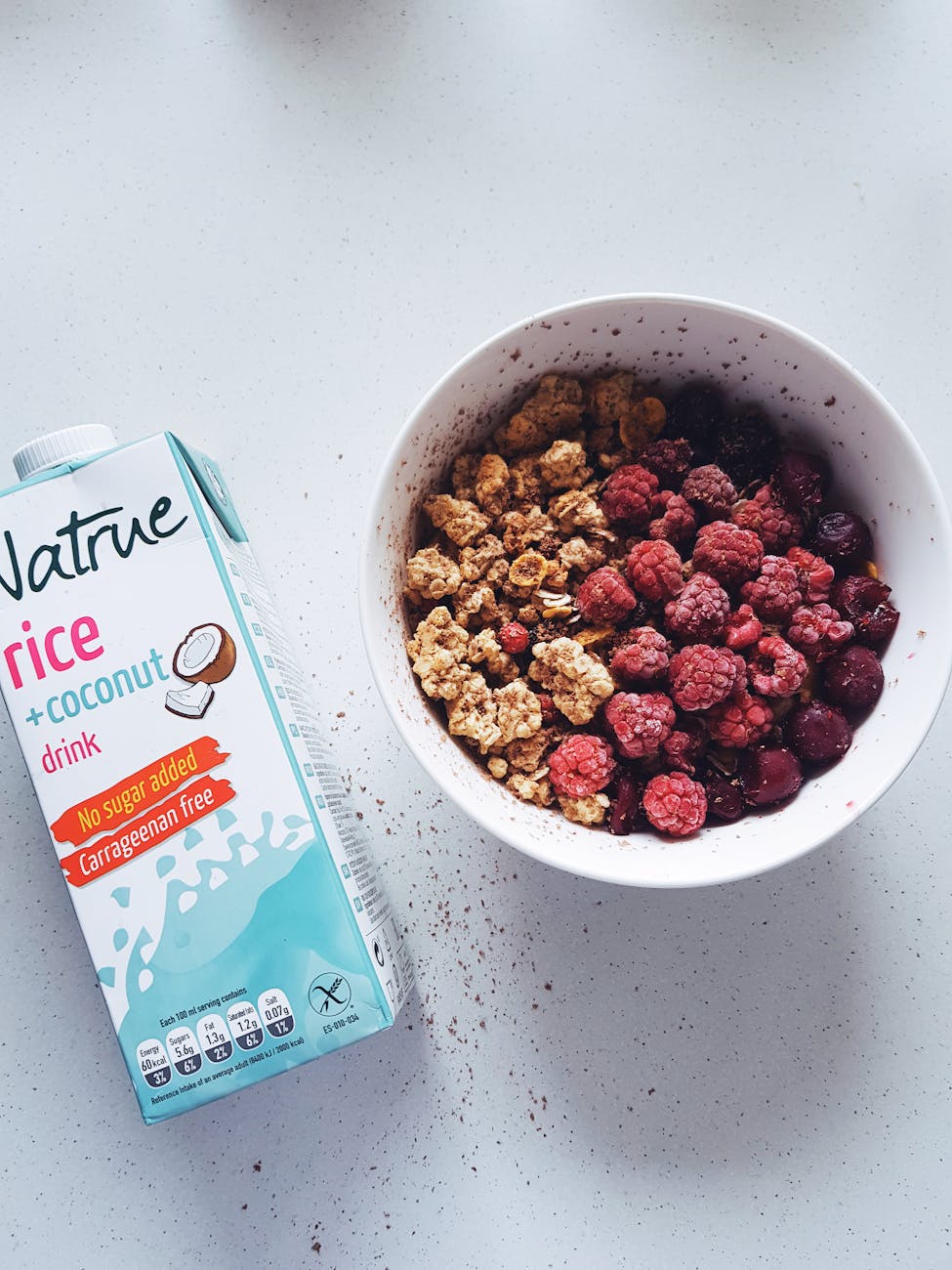
Rice milk might seem harmless, but it’s not the most sustainable option. Rice farming is extremely water-intensive and rice paddies release methane, a potent greenhouse gas. On top of that, rice milk offers little nutritional value since it’s mostly water and carbohydrates.
These methane emissions are significant as bacteria thrive in flooded fields where rice grows. While rice milk is great for those with allergies, it’s far from gentle on the planet compared to other options.
Hemp Milk: The Sustainable Powerhouse
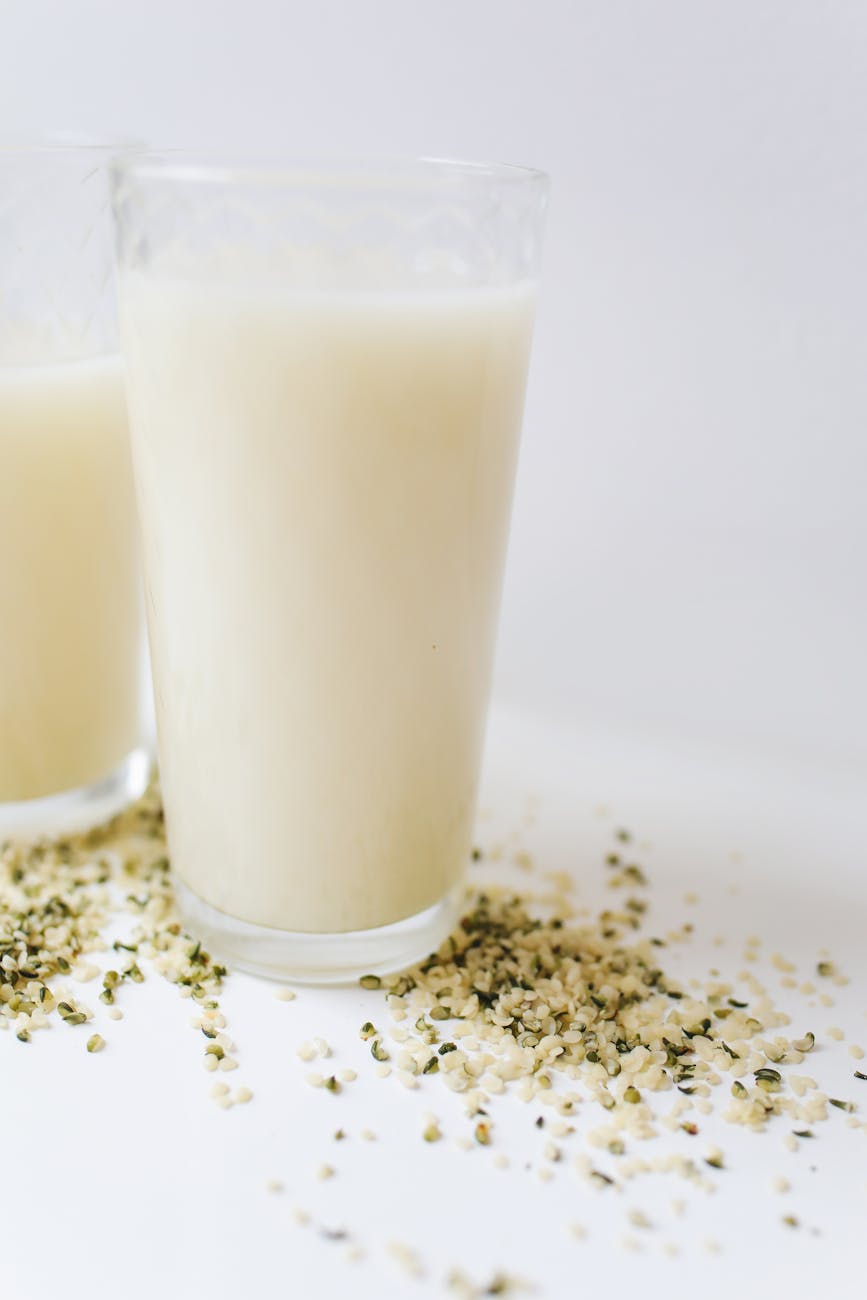
Hemp milk is gaining attention as one of the most sustainable plant-based options. Hemp plants require very little water, grow quickly and are naturally pest-resistant, meaning fewer pesticides are needed. Plus, hemp enriches the soil by returning nutrients, making it great for crop rotation.
Hemp milk also packs a nutritional punch with healthy fats, protein and essential amino acids. While it may be harder to find than oat or almond milk, hemp milk is worth considering.
Pea Milk: The Underdog
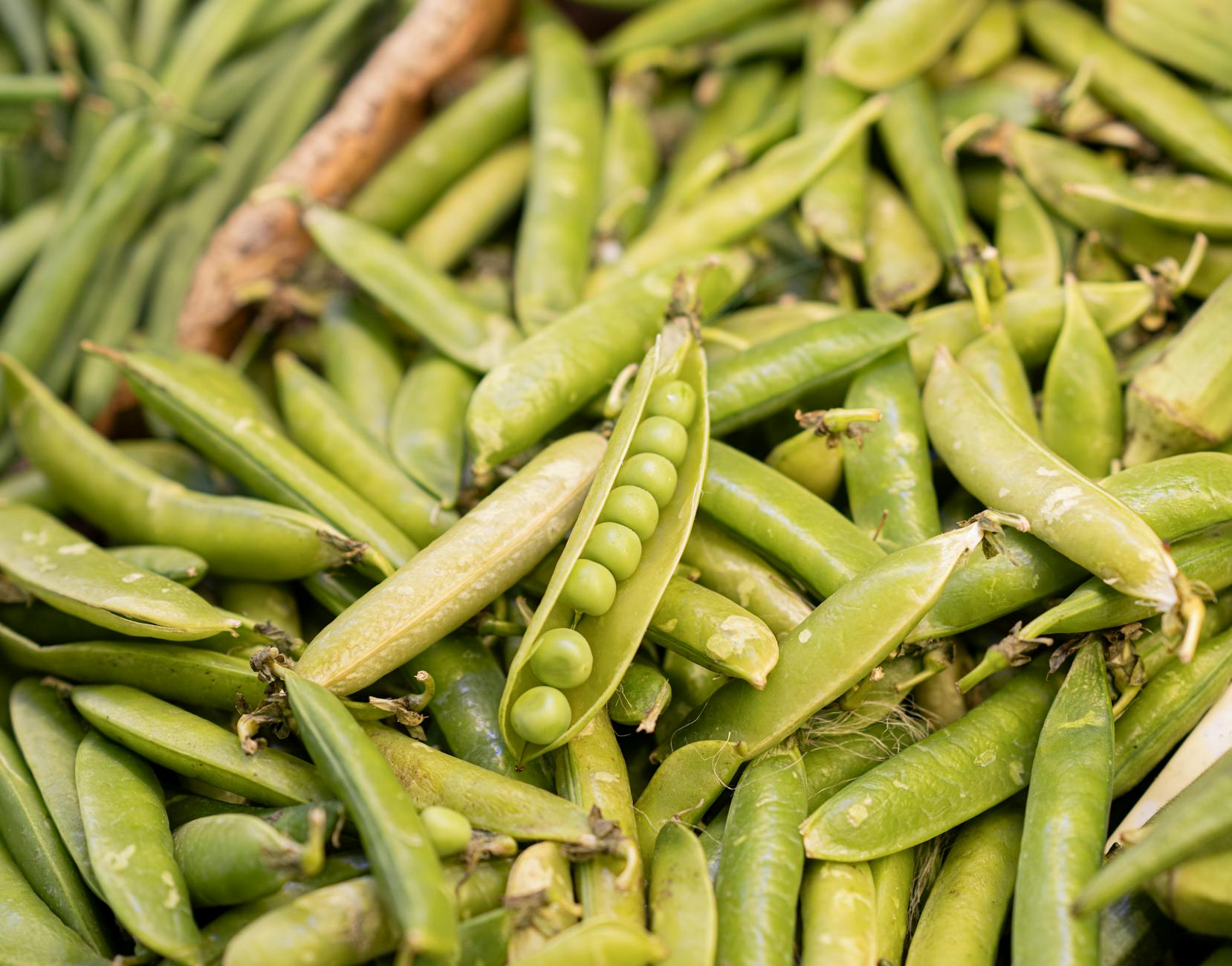
Pea milk is never on the scene but has some impressive environmental stats. Peas need far less water than almonds or rice and have very low carbon emissions. They also fix nitrogen in the soil, reducing the need for synthetic fertilizers and require minimal land to grow. If you can find it, pea milk is a solid eco-friendly option.
In addition to its environmental benefits, pea milk is surprisingly high in protein, comparable to dairy milk. It’s creamy, works well in cooking and offers a sustainable alternative that’s becoming easier to find in stores.
The Final Verdict
If sustainability is your top concern, oat and pea milk are the clear winners. Hemp milk comes in close behind with its minimal environmental impact and soil benefits. Soy milk is also a solid choice, especially if you opt for responsibly sourced brands. Coconut milk is decent, but ethical sourcing is key. Meanwhile, almond and rice milks fall short due to their water and carbon footprints.
Better for the Planet
Switching to plant-based milk is already a win for the planet. By choosing the most sustainable options, you’ll make an even bigger impact. The next time you pour milk into your cereal or froth it for a latte, you’ll know exactly how your choice stacks up for the Earth.
